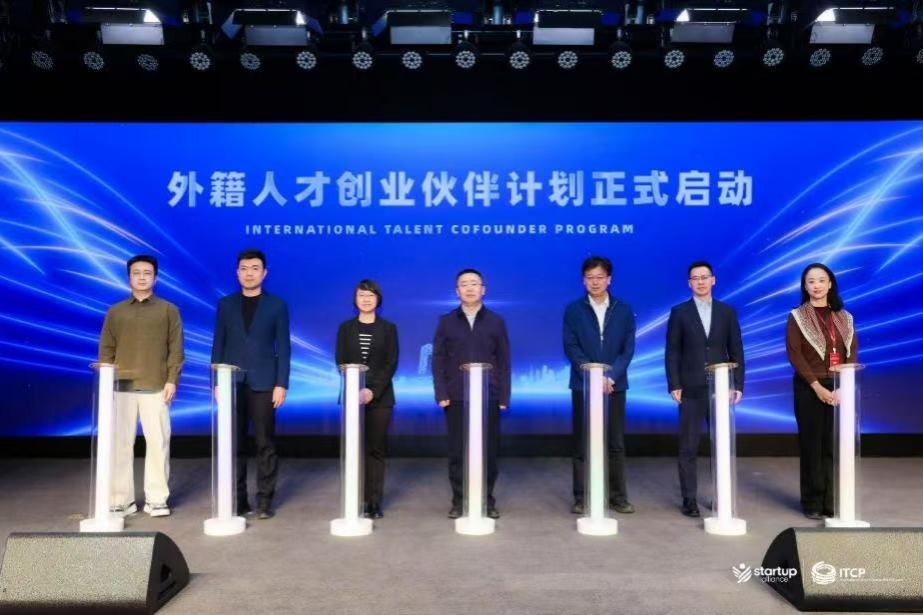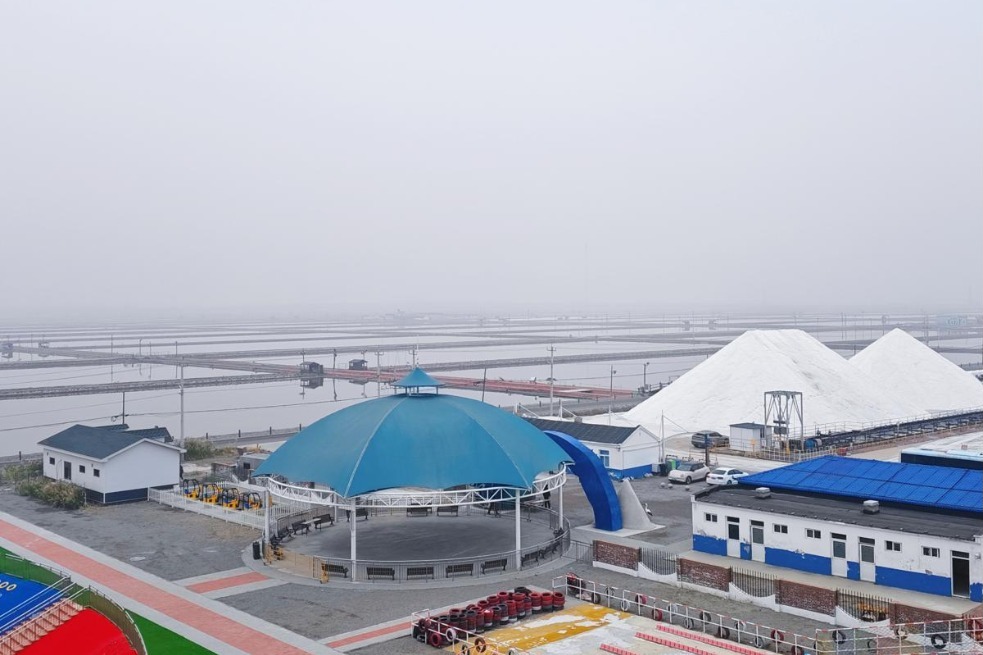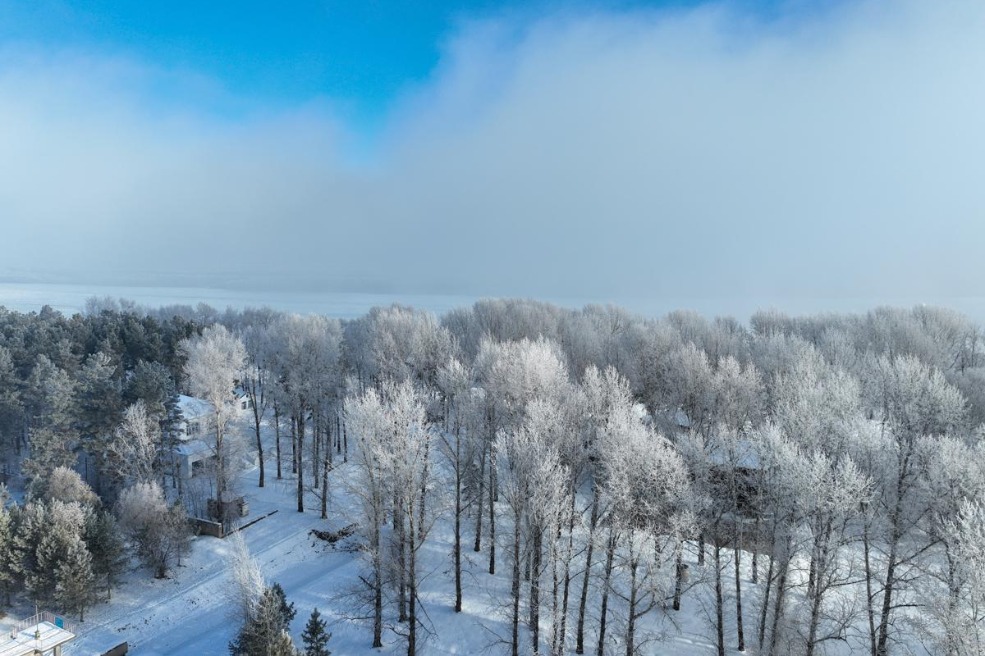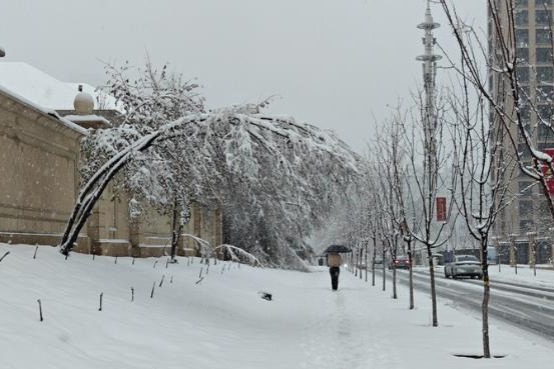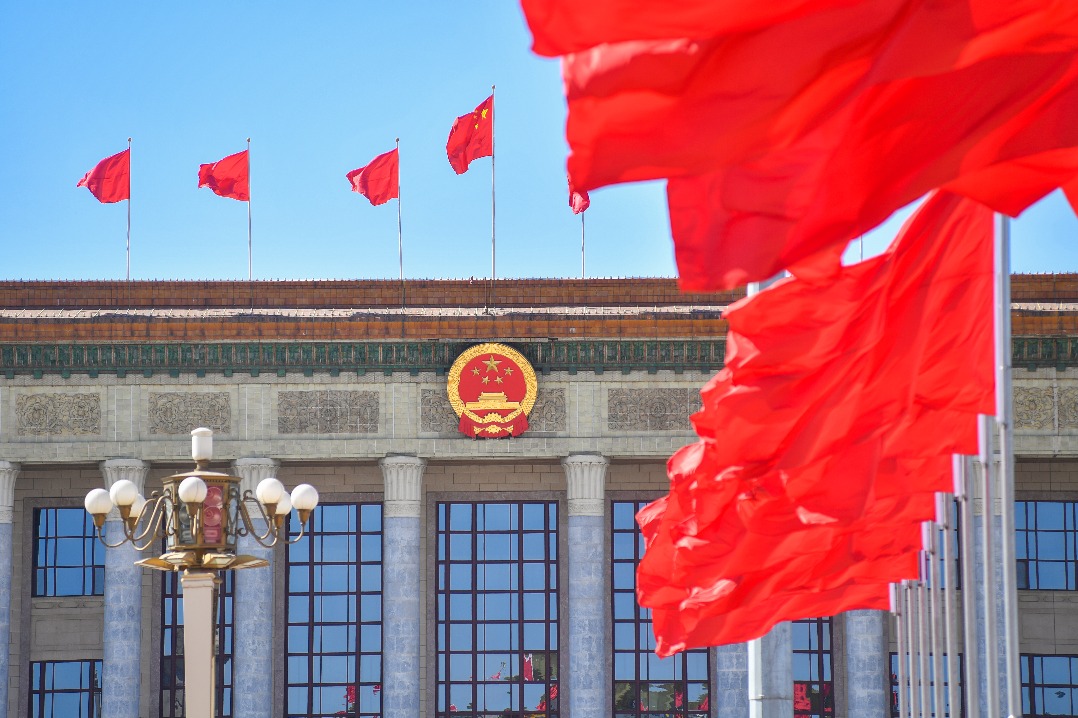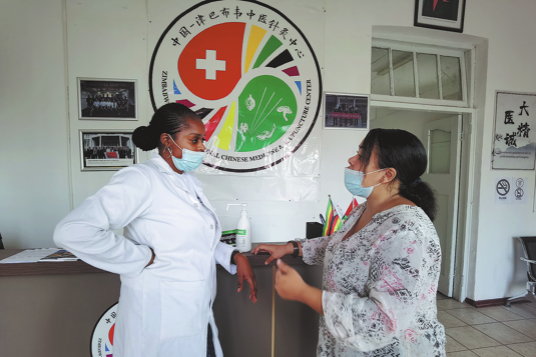Progress on pollution lets everyone breathe easier

It's been four years since Premier Li Keqiang declared war on pollution. So how goes the battle? Has the government been delivering on its promise to improve air quality?
The Energy Policy Institute at the University of Chicago set out to answer the question and found that in China's most populated areas, the improvements in air quality have been "remarkable".
The improvements range anywhere from minus 21 to minus 52 percent, with most meeting or exceeding goals outlined by the National Air Quality Action Plan.
Before Li's declaration of war on pollution, China had been choking on some of its worst levels of particulate matter pollution on record. In Beijing in 2013, concentrations were 91 micrograms per cubic meter-nine times what the World Health Organization considers safe. Shanghai was six times the WHO standard.
Responding to public concern, China issued its National Air Quality Action Plan laying out specific targets to improve things by the end of 2017. All urban areas had to drop at least 10 percent. Beijing needed to drop 34 percent to 60 micrograms per cubic meter.
The plan called for a four-pronged attack: reduce dependency on coal, control vehicle emissions, generate more renewable energy and enforce emissions standards. The government also widened its air quality monitoring network and released the data to the public.
"In short," Michael Greenstone, director of the Energy Policy Institute at the University of Chicago, wrote in a report, "the stage was set for China to finally begin addressing its decadeslong struggle to control air pollution."
Analyzing the data from more than 200 monitors across the country, EPIC found that the action plan has been "strikingly successful", exceeding most targets.
The summer before the December 2017 deadline, it looked like the Beijing-Tianjin-Hebei area was not on track to meet its target. The Ministry of Environmental Protection responded with an aggressive "battle plan" calling for massive reductions in both industrial and residential coal consumption through March.
By the deadline, concentrations in the Beijing-Tianjin-Hebei region fell 36 percent. The Pearl River Delta area, which had been aiming for a 20 percent reduction, was down by 27 percent. The Yangtze River Delta region, aiming for 15 percent, was down 34 percent.
The most dramatic reductions were in Handan (minus 47.2 percent) and Xingtai (minus 52.2 percent).
It's tempting to call these results breathtaking, but the report puts it all in perspective.
"Although concentrations are still above China's own standard and well above WHO guidelines, these data indicate that the country has achieved remarkably cleaner air in the very short period of four years," Greenstone wrote.
China still faces a long road ahead to reach national and international air quality standards, but the study shows the country is on the right track.
The EPIC authors suggested looking into tools that go hand-in-hand with economic growth and poverty alleviation and are more sustainable than tactics used so far-market-based approaches like taxes and cap and trade, for instance.
Our editor here in New York just returned from a visit to Beijing. I guess it had been nearly a year since he had been back home. When I asked him how it was, the first thing he commented on was how blue the skies were, and not just for one or two days.
China achieved in four years what it took the United States 12 years to do after the Clean Air Act of 1970.
Contact the writer at chrisdavis@chinadaily.com.cn
- Aircraft carrier Fujian, commissioned
- Erdos offers 10,000 yuan subsidy for families having third child
- Qingdao conference promotes fair and rational global economic order
- China commissions CNS Fujian in Hainan province
- Beijing launches program to foster international entrepreneurship
- China starts construction of water diversion project to quench thirst of metropolis
















